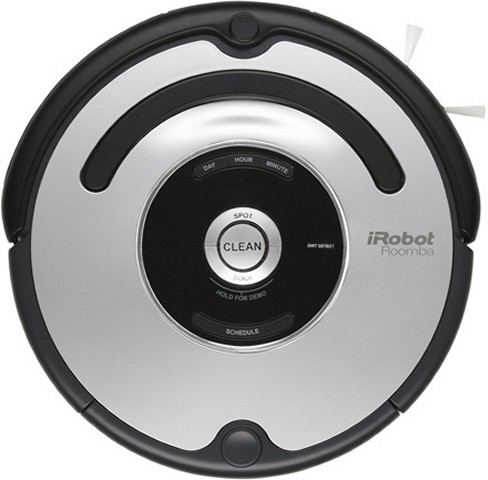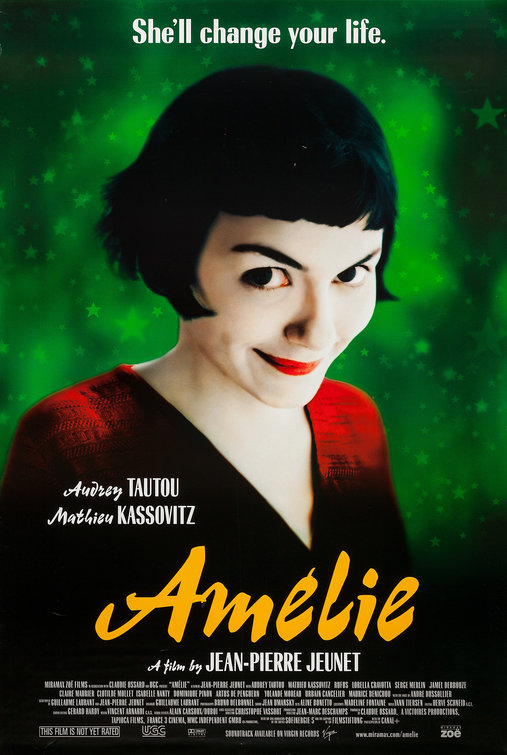(Image taken from Google Images)
Although earbud headphones were created improve the lives of individuals, the way earbud headphones were designed ultimately causes danger to the individual's health and society as a whole.
With earbud headphones, the consumer's health is at risk. A single earbud is designed small in size and fits within the socket of the ear's exterior. The miniature speakers on each earbud allows the earbud to be in contact with the individual's ear hole, sending audio directly to the eardrum. In modern society, the use of earbuds has become pivotal to the individual, either for personal use or for practical use. However, people seem to overuse earbuds. When individuals are surrounded by the loud surroundings of a public setting, they are usually tempted to increase the volume of their music playing through their music players. This reliance on earbuds can eventually cause hearing loss to the individual. Earbuds cause more health risks other than hearing loss. With its small-size, bacteria builds up on the earbud and in the individual ear socket due to its direct contact with the ear. This bacteria build up can eventually cause wax-build up in the ear, having a risk of ear infection.
Not only do earbud headphones have a harmful effect on individuals, but it also causes negative effects on society. Earbuds were designed to be portable in benefit for individual use. Earbuds allow individuals to disconnect from society due to its portability, transforming a personal music experience into an individual sphere of isolation. Multiple "spheres of isolation" are being created with the mass-use of portable earbuds, breaking the individual from society.































